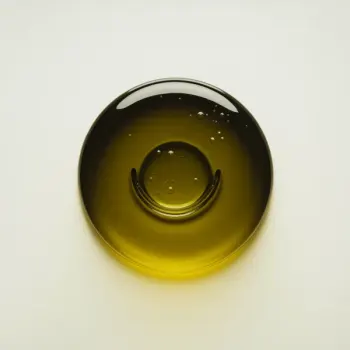


Pure Olive Oil
Often a blend of refined and virgin olive oils, it has a neutral flavor and higher smoke point, making it suitable for high-heat cooking.
Light Olive Oil
Refined olive oil with a neutral taste and higher smoke point. Despite its name, 'light' refers to its flavor, not calorie content.
Virgin Olive Oil
Made from the second pressing of olives, with slightly higher acidity than extra virgin. It has a good flavor and is suitable for cooking at moderate temperatures.
Infused Olive Oil
Extra virgin or pure olive oil that has been infused with flavors like herbs, garlic, or chili, adding a unique twist to dishes.
Extra Virgin Olive Oil
The highest quality olive oil, made from the first cold pressing of the olives, with no chemical treatments. It has a low acidity and a robust flavor profile.




pure olive oil: Filippo Berio
light olive oil: Bertolli
virgin olive oil: Zoe
infused olive oil: La Tourangelle
extra virgin olive oil: California Olive Ranch

Baking: Olive oil can be used as a healthier alternative to butter in baking, imparting a subtle, fruity flavor to cakes, bread, and muffins. The ratio for substitution typically depends on the recipe, but a general guideline is to use three-quarters the amount of olive oil as butter.
Sautéing: Olive oil is commonly used for sautéing vegetables, meats, and seafood. It provides a flavorful base and helps to cook food evenly. Use medium heat to prevent the oil from reaching its smoke point and turning rancid.
Dressing and Marinades: Extra virgin olive oil is ideal for dressings and marinades. Its flavor can enhance the taste of salads and marinated dishes. Whisk it with vinegar or lemon juice, herbs, and seasonings for a simple yet delicious dressing or marinade.




